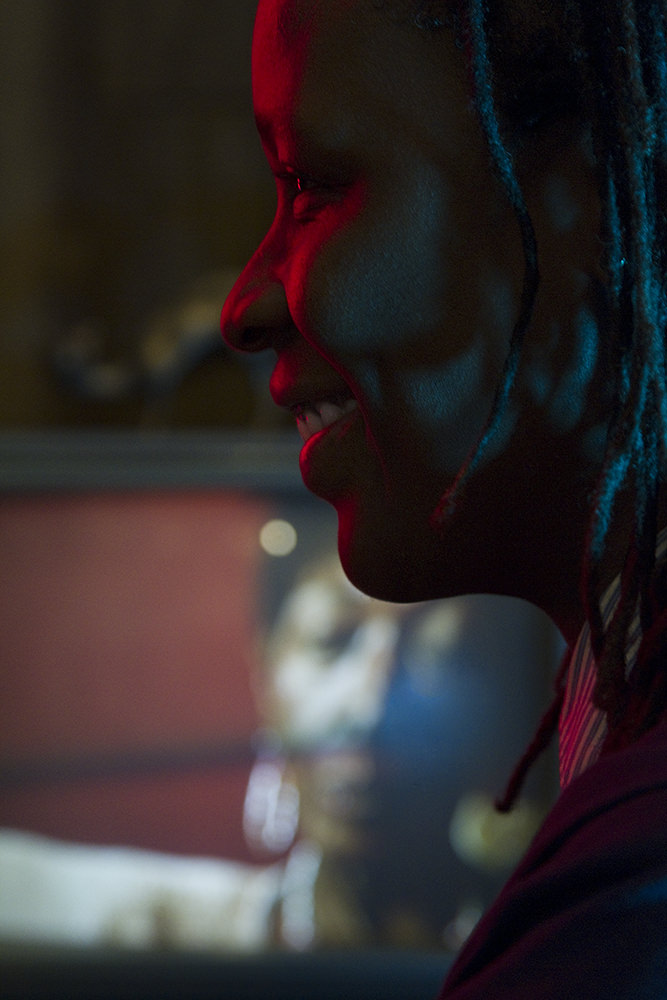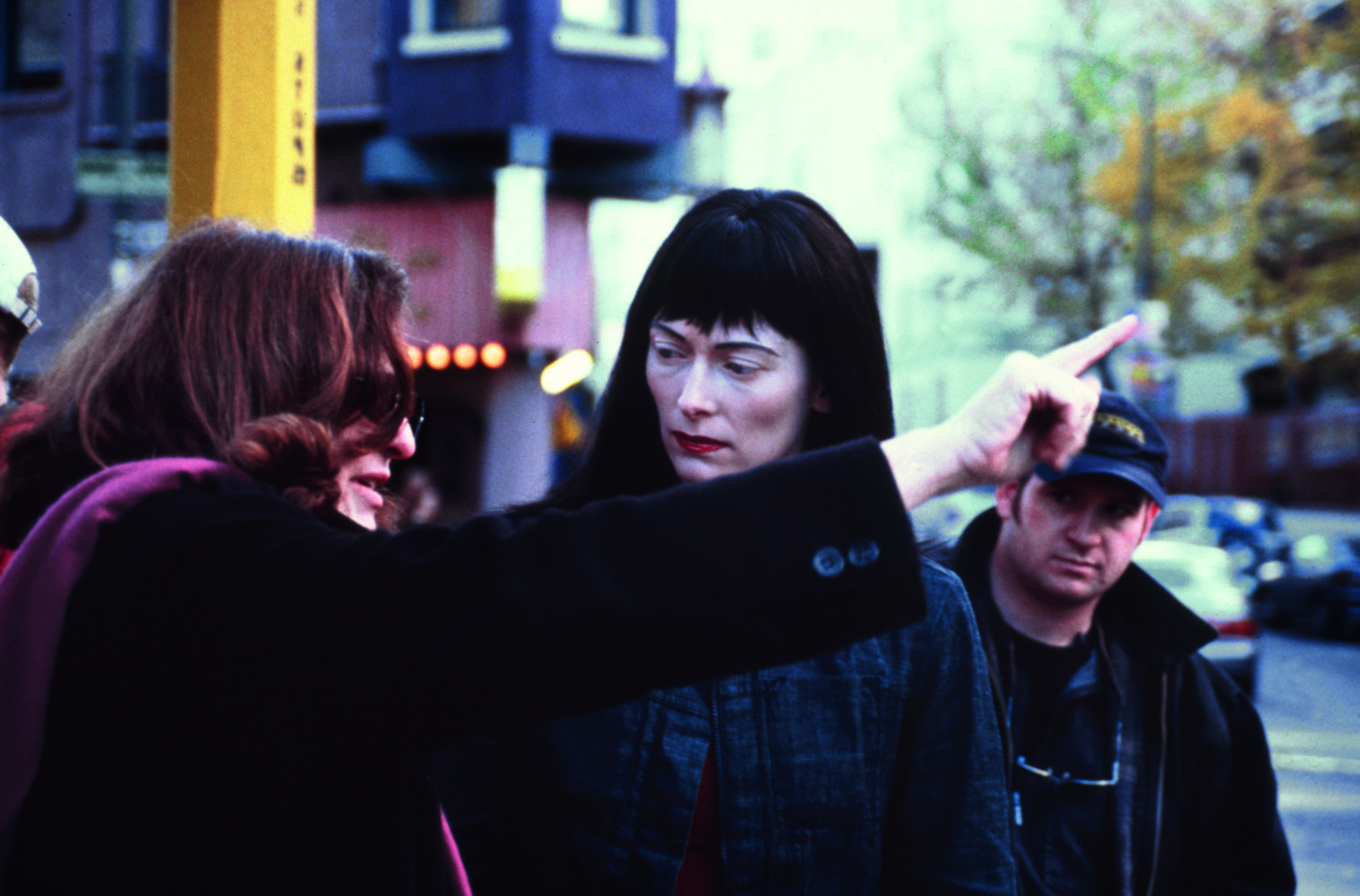At the end of last month, Lynn Hershman Leeson’s “Remote Controls” opened at Bridget Donahue in New York. On view through March 19, the show features a range of the artist’s work from the seventies to today. Hershman Leeson, awarded a 2016 United States Artists (USA) Fellowship, was a pioneer of interactive new media in the seventies. Her recent work focuses on the effects of genetic manipulations and concerns of surveillance. Whitewall spoke with Leeson about how humans are creating their own destruction.
WHITEWALL: What initially attracted you to working in new media?
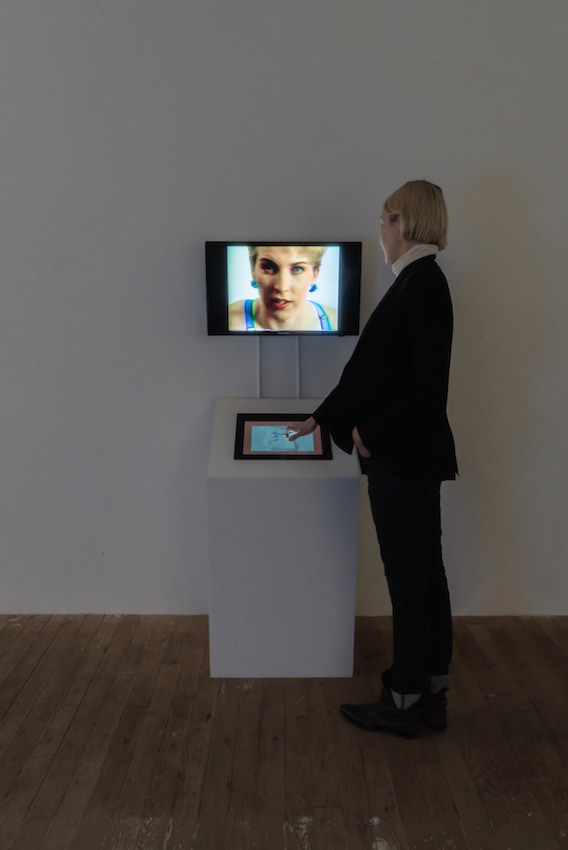
Installation view
Courtesy of Bridget Donahue
LYNN HERSHMAN LEESON: The fact that it had no history, one could use the invention in their own time to create a future.
WW: You were a pioneer in creating interactive media pieces, like Lorna (1979-84) and Deep Contact (1984). What kind of user experience did you evoke in those earlier works?
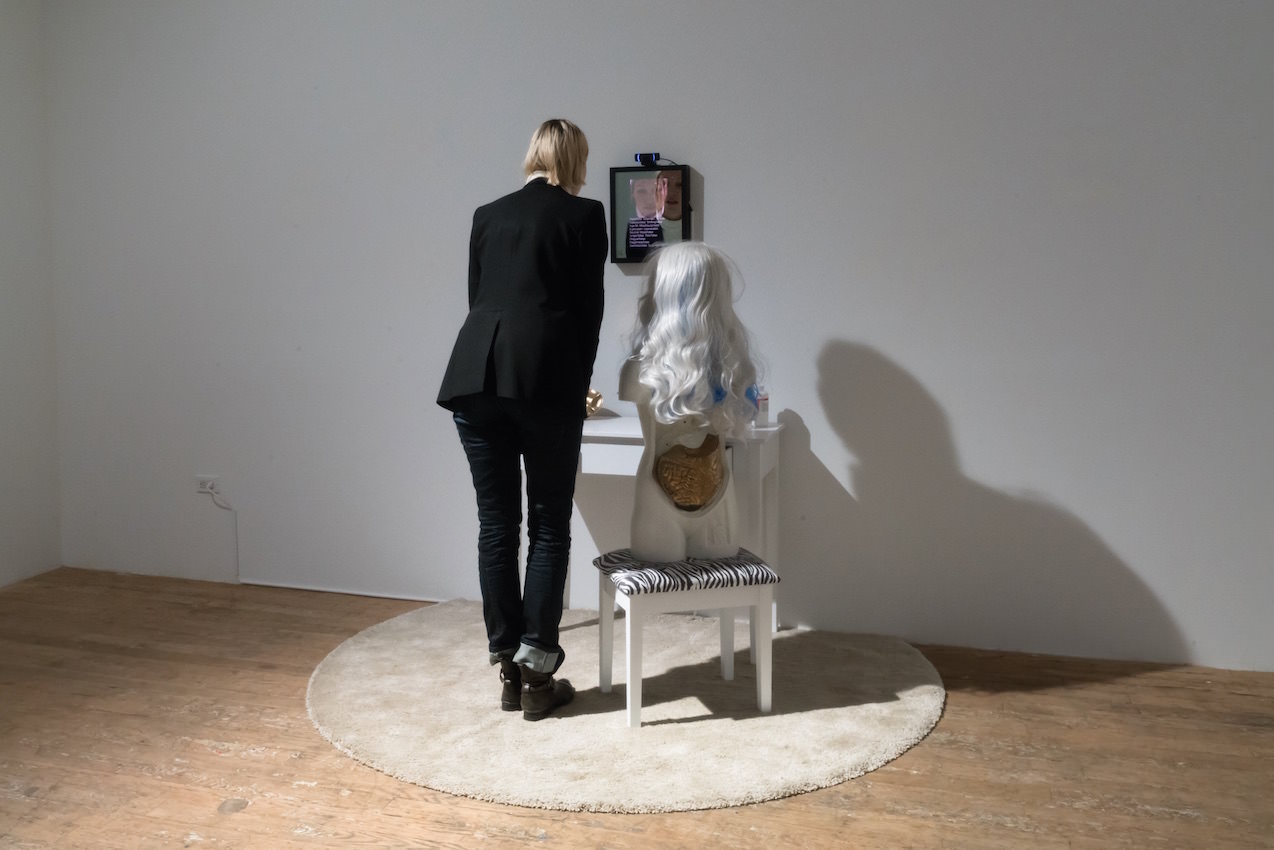
Installation view
Courtesy of Bridget Donahue
LHL: They were combinations of things I did before, like performance (Roberta), hotel rooms (Dante), site specific pieces, but they combined time and interactivity and took into account a “user” (a term I invented then) and created a dialogue about choice change, and the politics of dialogue.
WW: When you began working with new media, we weren’t so personally connected to technology.
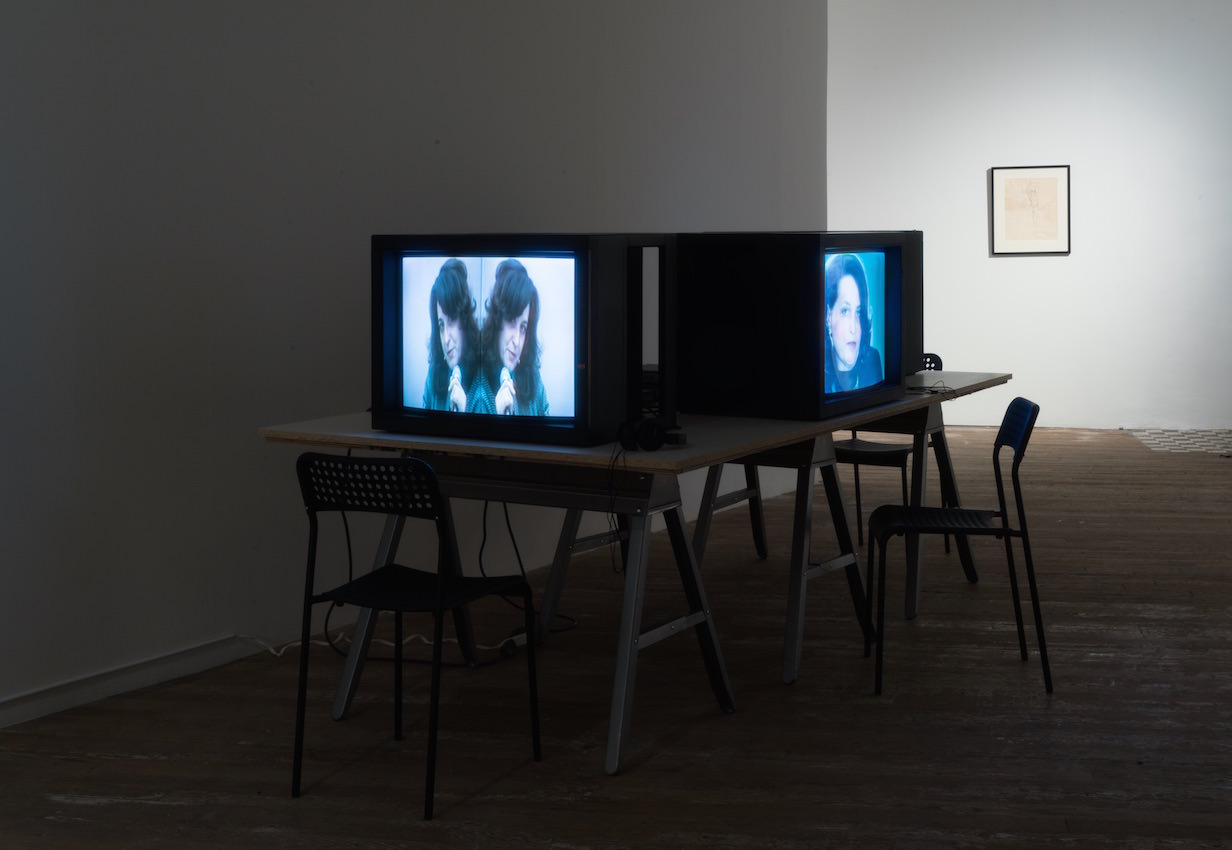
Installation view
Courtesy of Bridget Donahue
LHL: That is because technology was omniscient, and surveillance was not obvious.
WW: How has the intertwined nature of technology and the day-to-day affected the kind of ideas you’re interested in exploring?
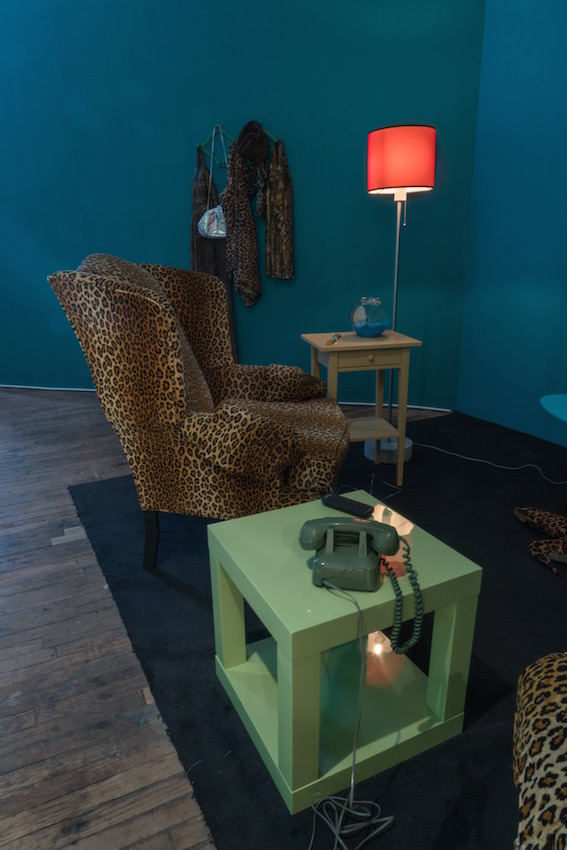
Installation view
Courtesy of Bridget Donahue
LHL: The ideas I am now exploring are more heinous and less obvious, like DNA manipulation and the effects on race and our species. These are utterly critical issues that are part of the genetic dialogue.
WW: Also on view in the show are collages from “Water Women,” an ongoing series around a persona named Roberta Breitmore. Who is Roberta Breitmore? Why is this a character you’ve continued to return to?
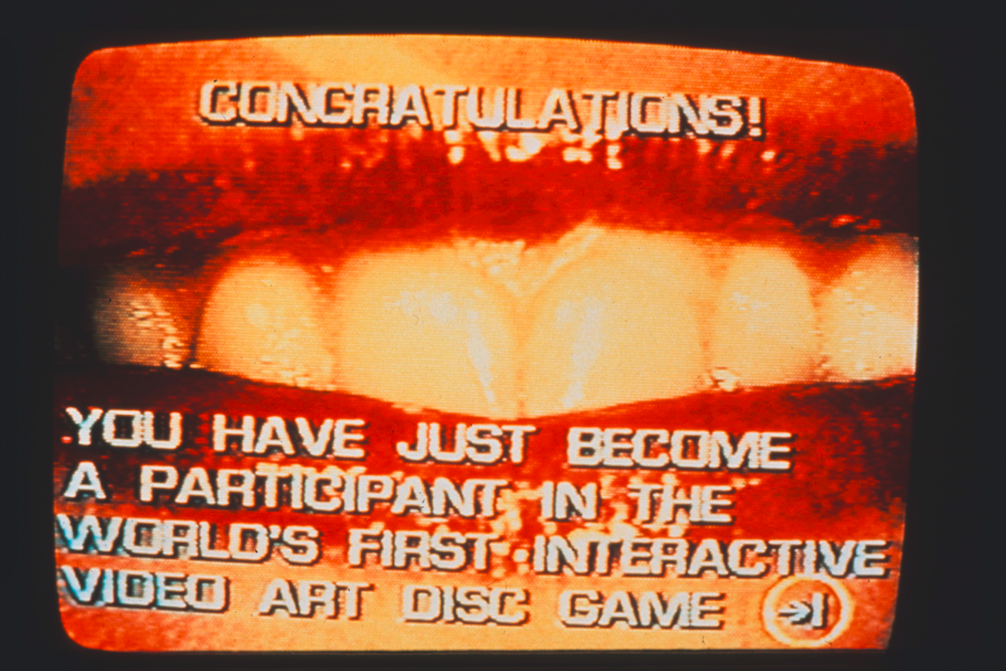
Video still from Lynn Hershman Leeson’s Lorna (1979-82), installation with video, remote and furniture
LHL: Roberta was a character invented in the ‘70s who lived in real life and real time. She represented all of us and her fictions were an illusion. She was an archetype to the stereotype of our possibilities and allowed us to witness what was happening in our culture by extracting ourselves form director experience. She surfaces from time to time when we need to be reminded of what is happening and how we are being surveilled or captured in less than obvious ways.
WW: Can you tell us about one of the more recent works in the show, Venus of the Anthropocene (2016)? What was the starting point for this installation?
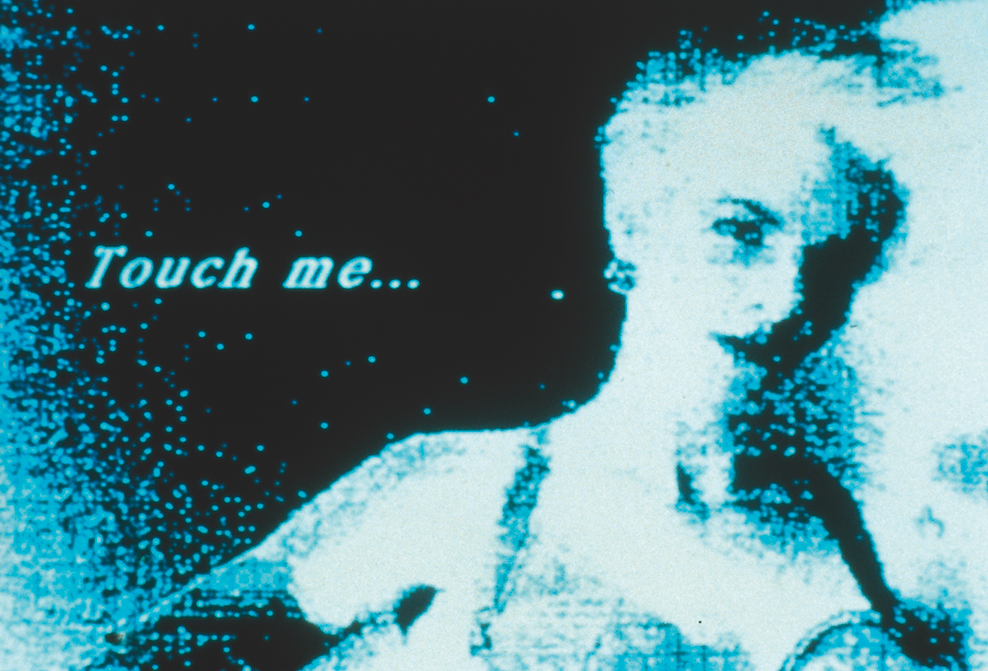
Video still from Lynn Hershman Leeson’s Deep Contact (1984), installation with Microtouch monitor, interactive video, screen, DVD
LHL: The starting point was in 2011 when I realized with the genome being programmed, we were able to edit and shift identities in a substantial and profound way. Furthermore, we were being analyzed and surveillance was taking place from the inside out, form our cells, genes, and blood types. I’ve been working on a large-scale piece about this called The Infinity Engine. Venus (2017) uses ideas of instead of cosmetics we change ourselves with changed body parts and DNA injections. The mirror uses manufactured and available facial recognition software that is often wrong. Yet it is the wrong and false information that causes reactions to how crowds are interpreted. It seemed like an apt piece for how humans are creating their own destruction.




